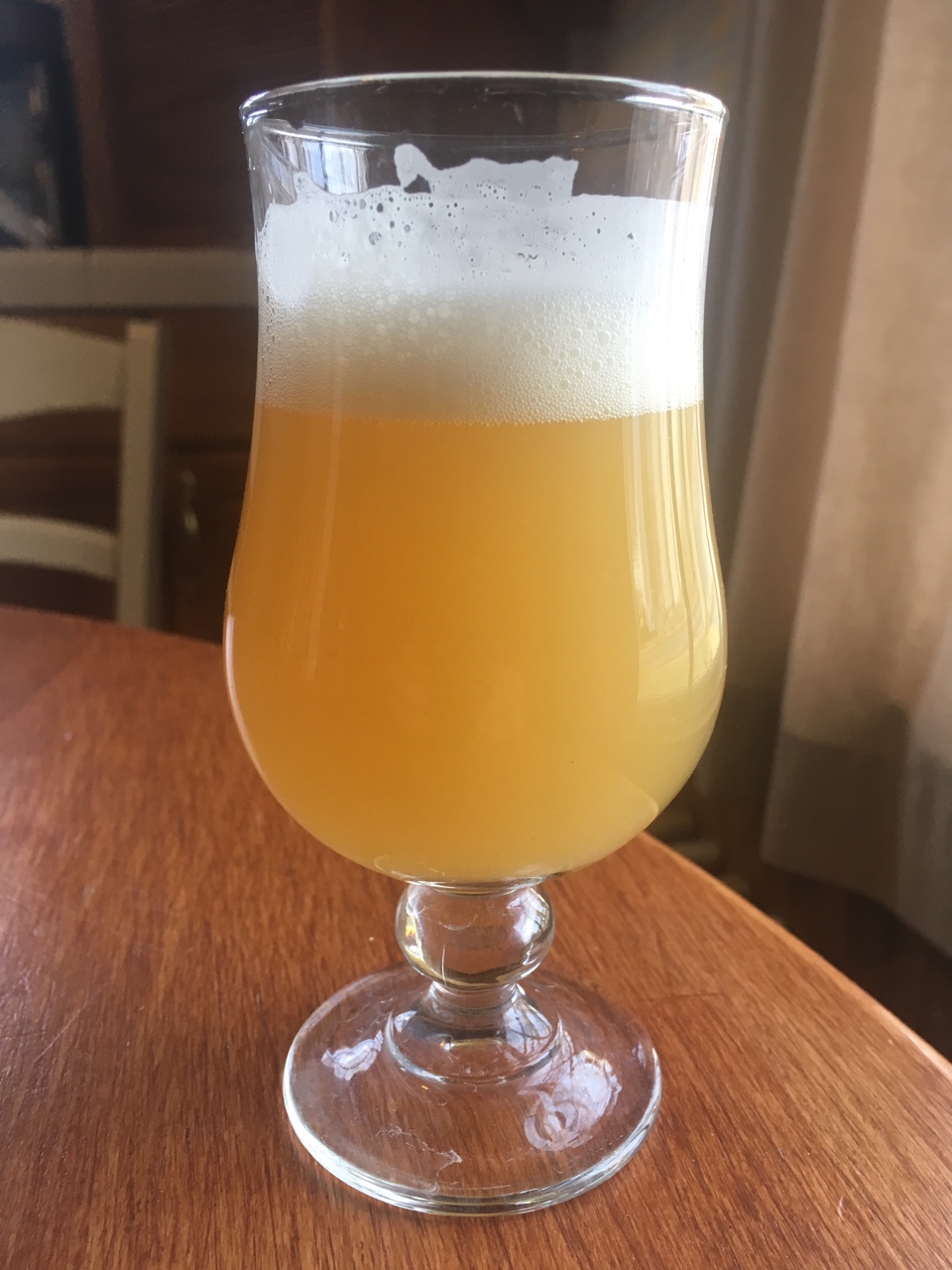ttuato
Well-Known Member
Did you rouse or shake after dry hopping?
Was the beer as pungent as your other beers?
Was it faster drinkable then others?
What was the grainbill?
How did the sample taste after being exposed to o2 for a while?
No rousing.
Pungency - on par with usual. 1.5-1.75oz/gal dryhop
93% 2 row
5% flaked wheat
2% honey malt
Faster drinkable? Not sure what you are asking. It is 6.2% -still fresh in keg.
Taste / smell - I could tell it had oxidized but did not seem as bad as I would have expected after six days. The crazy part to me is the color it is still the same as fresh beer. In past versions with extended hop exposure the beer would have been discolored after one day of sitting in glass. This is day six.











































![Craft A Brew - Safale BE-256 Yeast - Fermentis - Belgian Ale Dry Yeast - For Belgian & Strong Ales - Ingredients for Home Brewing - Beer Making Supplies - [3 Pack]](https://m.media-amazon.com/images/I/51bcKEwQmWL._SL500_.jpg)
















